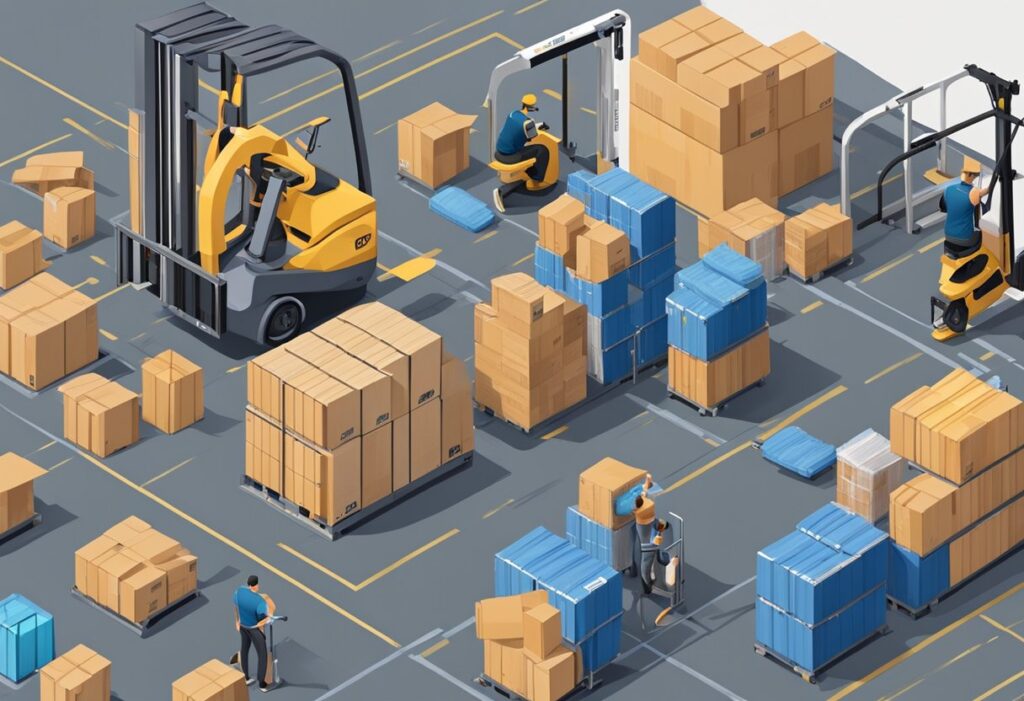December 20, 2024
Here’s How Much it Costs to Make A Hoodie In China
The cost of manufacturing a hoodie in China can vary widely depending on several factors, including material quality, design complexity,
Read MoreDecember 20, 2024
The cost of manufacturing a hoodie in China can vary widely depending on several factors, including material quality, design complexity,
Read More
December 18, 2023
Importing fabric from China has long been a strategic move for businesses around the world looking to leverage China’s extensive
Read More
December 14, 2023
Those who distribute building materials at large scale often turn to Chinese manufacturers for their supply. These distributors procure construction
Read MoreDecember 13, 2023
Purchasing directly from manufacturers in China offers a strategic advantage for businesses looking to streamline their supply chains and reduce
Read More
December 13, 2023
China has established itself as a global leader in the production of solar panels. The country’s manufacturers have harnessed extensive
Read MoreDecember 1, 2023
Best Chinese Replica Websites: How to Buy Replica Products from China? Alibaba Alibaba is a popular platform for buying replica
Read MoreDecember 1, 2023
In the world of eCommerce, standing out from the competition is key to success. One way to achieve this is
Read MoreDecember 1, 2023
When it comes to importing products from China, verifying the legitimacy of a potential supplier is crucial. It is important
Read MoreDecember 1, 2023
Overview The Nepalese market is a thriving market, with a significant volume of goods being transported from China to Nepal
Read MoreDecember 1, 2023
Many Amazon sellers aim to create a new private label in China, with 32% of them having this as their
Read More